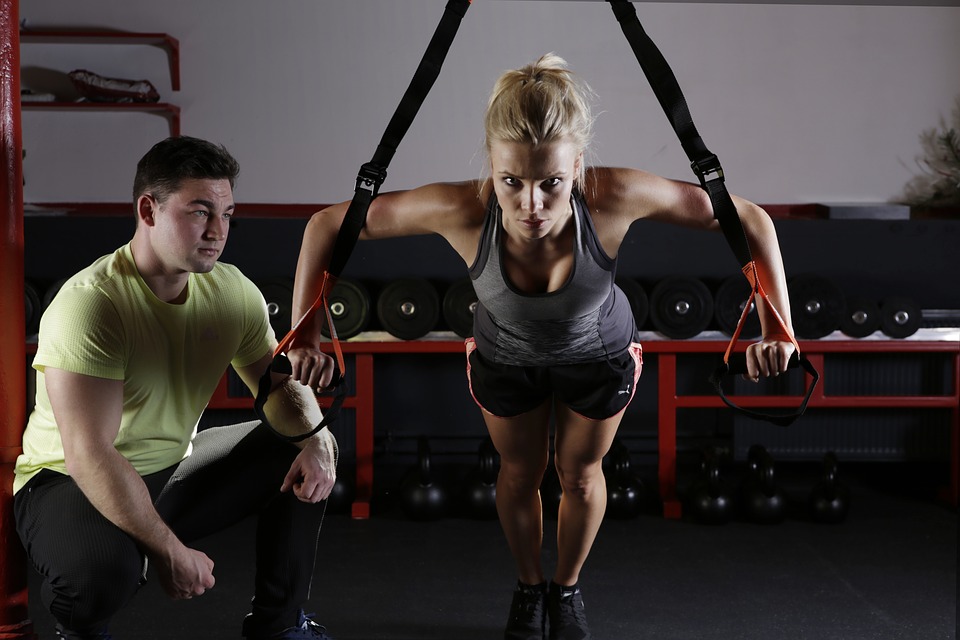
There have been many techniques utilized to improve athletic performance over the years, from odd training rituals to advanced equipment. But with computers and related technology, the world of sports has never evolved faster than it is right now. Serious athletes and trainers in every sport are looking to up their game against the competition while reducing the risk of injury. Here are just some of the ways science and technology are making that happen.
Perfecting Technique
Where trainers and coaches once relied on direct observation or film for refining an athlete’s physical technique, today they can use an array of sensors for streaming biomechanical and physiological data straight into the computer. Sensors measuring force, speed, temperature, and more can be placed on clothing and even into equipment to generate 3-D models of what’s happening within your body. Trainers can review and analyze every instant of motion to perfect your specific body mechanics and achieve greater control, power, and accuracy.
Wearables
New wearables now offer athletes and teams a way to monitor critical health signals, including heart rate, core body temperature, running biometrics, and a lot more. These devices also take many forms, from the common watch-like FitBit to smart fabric that integrates the technology into clothing. Athlete recovery sleepwear even uses a bioceramic print that combines with your body heat to produce far-infrared energy, meant to stimulate recovery.
VR Training
With innovative VR training headsets and software, football quarterbacks can get reps without ever getting on the field. The potential impact on sports training could be powerful, as a virtual simulation removes the actual hits and collisions from the equation, thereby eliminating training injuries while still allowing a quarterback to practice reading coverages and making decisions. VR training from companies like STRIVR have already made an impact on the NFL, as six teams have already adopted the technology for their franchises.
Safer Helmets
Concussions have become a serious concern for athletes in high-contact sports. Even for school-age athletes, reported concussions increased by 79 percent over a five-year period. While organizations like the NFL adjust the rules to limit head contact, researchers are coming up with new helmet designs. Some of the proposed changes include what are essentially air bags inside the helmet, a separate, loose inner shell to deflect force, and even military-grade Kevlar armor.
Sports Management Software
There are a number of software products today helping both teams and individuals to gather, collate, and analyze their training information. Diet, training times, exercise regimens, even the choice of tennis racquet or baseball glove go into the system for comparison with medical checkups and actual performance stats. Modern education such as programs for an MHA degree is producing professionals ideally suited to leverage this information.
Genetic Testing
Modern science is constantly finding methods to discover something new about your DNA. As it begins to reveal more, it will soon be possible to map each person’s genetic signature to find what inherent strengths and weaknesses they have, and the best means to exploit or counter them. These can help to determine the most effective exercises, medications, or even determine whether a catcher would be better suited to pitching.
With technology allowing us to monitor our own biology and analyze the data, sports are no longer just a physical phenomenon. Today, it’s about studying and adapting your own biology.

